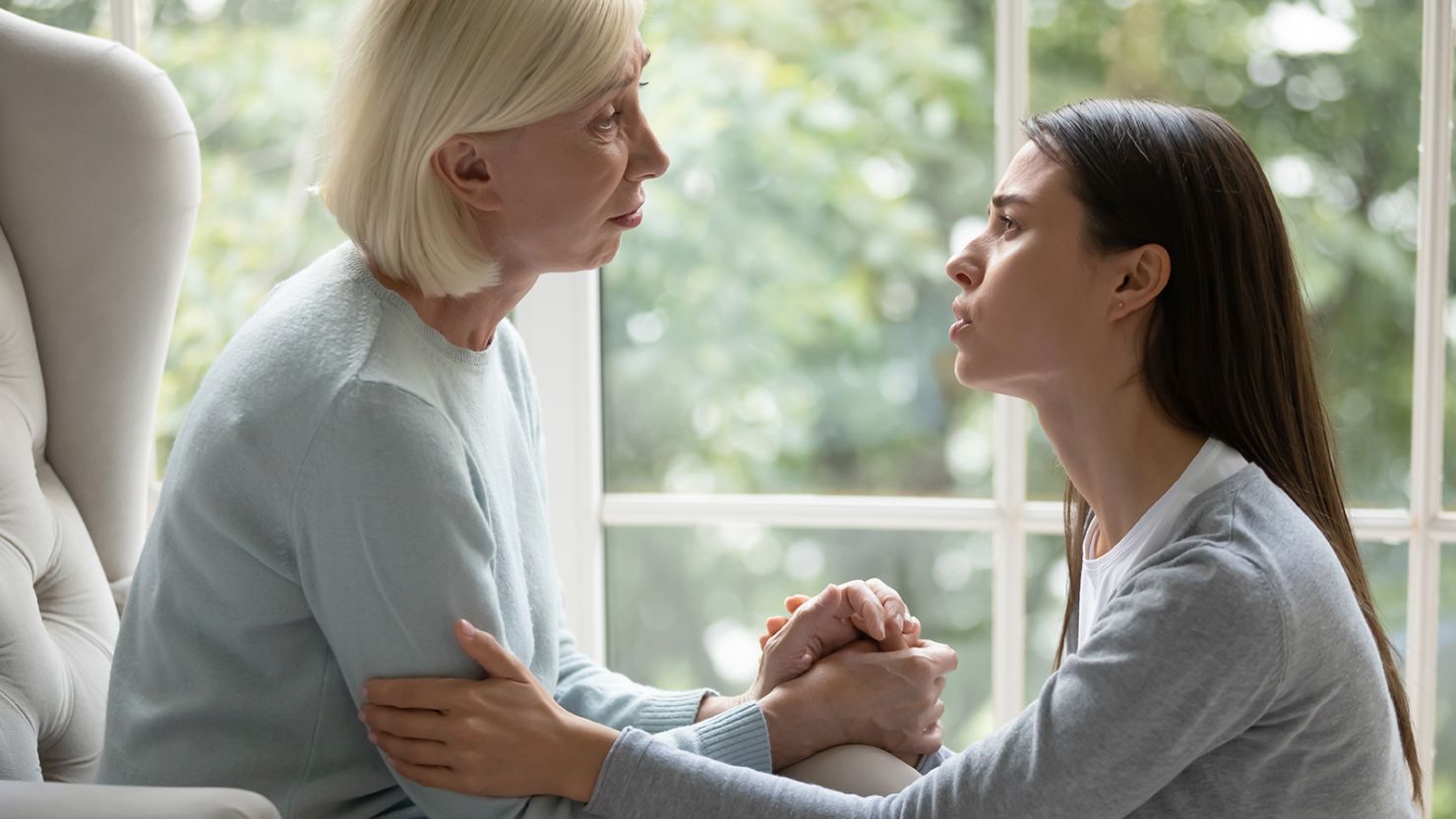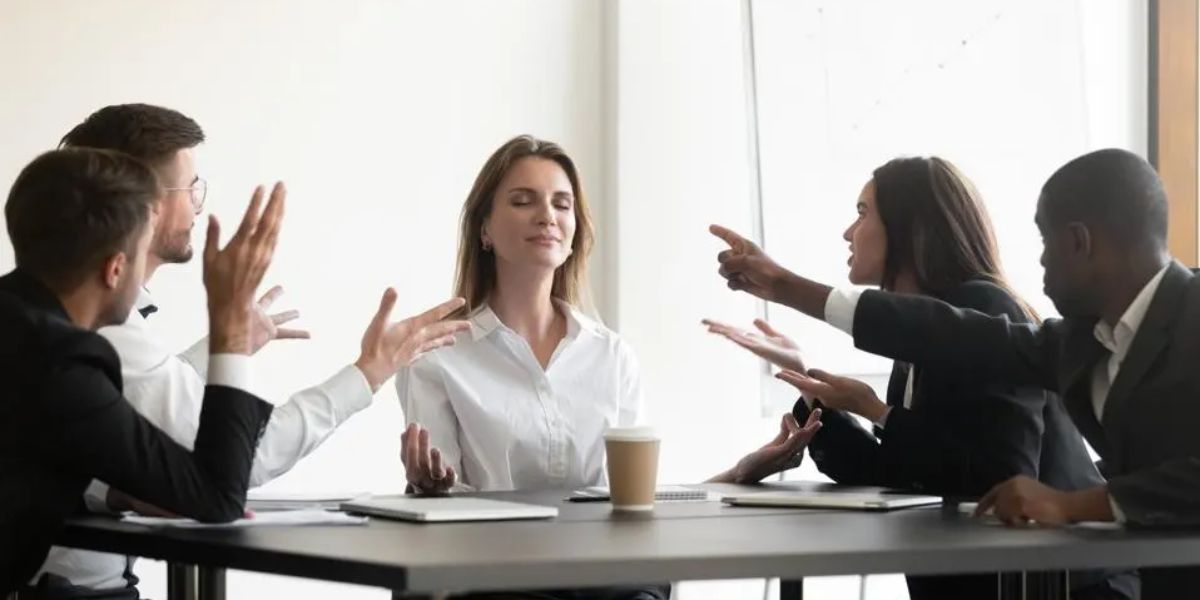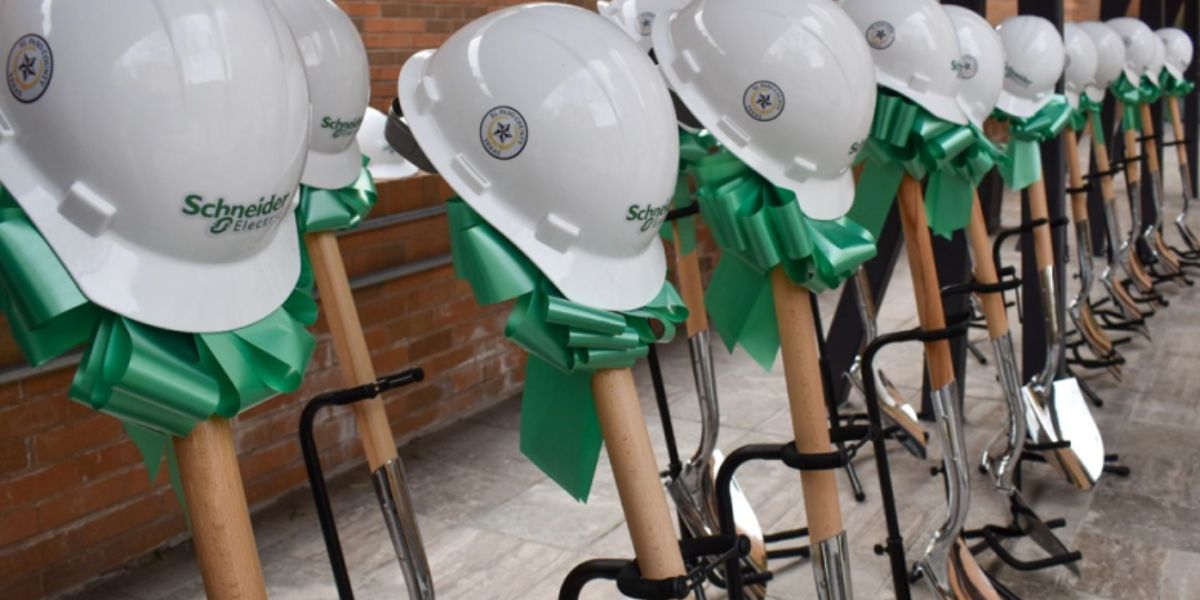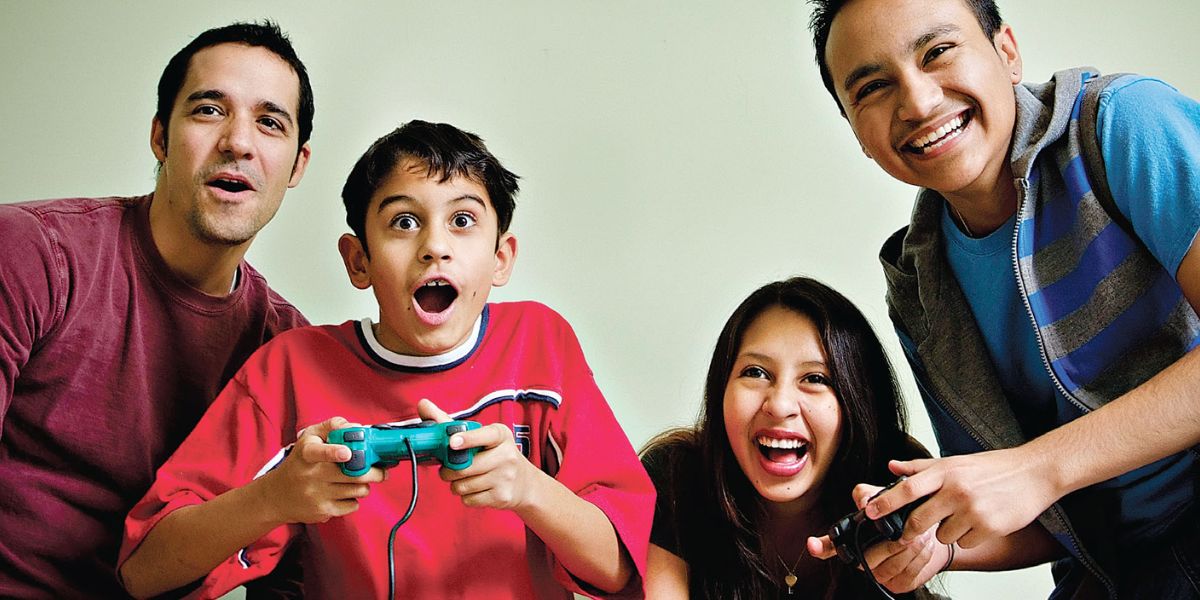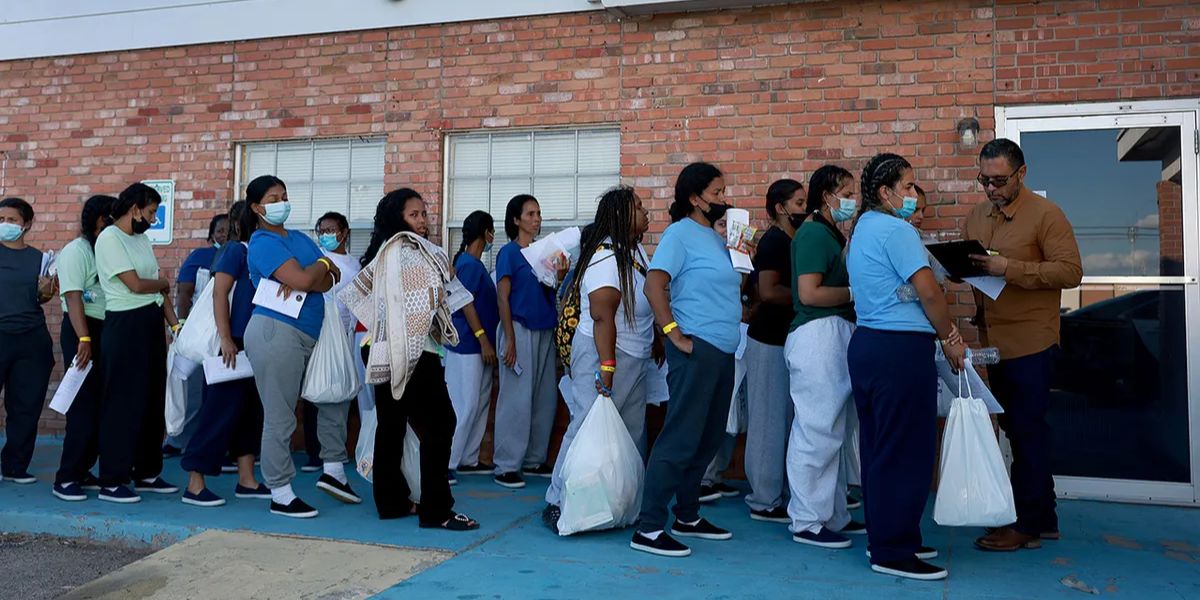El Paso, TX – Whether it’s a disagreement between coworkers, tension between neighbors, or frustration in traffic, most conflicts start small — and many can be prevented entirely through one simple but powerful skill: empathy. In El Paso and across West Texas, educators, mediators, and community leaders are recognizing empathy not as a soft skill, but as a core tool for conflict prevention and peacebuilding.
Understanding Empathy as a Prevention Tool
Empathy means more than feeling sorry for someone; it’s the ability to understand another person’s perspective — to listen, pause, and see the situation through their eyes. This emotional awareness reduces defensiveness and opens the door to solutions before anger takes over.
Table of Contents
As Daniela Ramos, a certified mediator and violence prevention strategist based in El Paso, explains:
“Most conflicts aren’t about facts; they’re about feelings — feeling dismissed, unheard, or disrespected. Empathy disarms those feelings before they turn into aggression.”
Research from the American Psychological Association shows that empathy-based training programs can reduce aggression and improve cooperation in schools, workplaces, and families. When individuals learn to recognize emotional cues and respond calmly, disagreements become opportunities for understanding rather than escalation.
Empathy in Action: From Schools to Neighborhoods
In El Paso’s schools, empathy is being taught as part of social and emotional learning (SEL) — helping students identify emotions, express them appropriately, and respond to others with compassion. Teachers report that classrooms that include empathy exercises see fewer bullying incidents and improved peer relationships.
Similarly, community mediation programs across West Texas rely on empathy as their foundation. Trained mediators encourage participants to describe how a situation has affected them personally before discussing solutions. This practice shifts focus from blame to shared understanding.
“When people feel heard, they stop fighting to be right,” Ramos says. “They start working to be understood.”
How Empathy De-escalates Everyday Conflict
Empathy functions as a kind of emotional “pressure release.” In tense moments — a heated argument, an angry customer interaction, or even an online disagreement — demonstrating empathy can change the entire dynamic.
Here’s how it works:
- Acknowledging emotions (“I can see this is really upsetting for you”) helps the other person feel validated.
- Reflecting back concerns ensures clarity (“So what I’m hearing is that you felt excluded from that decision?”).
- Slowing the pace of conversation gives both sides time to cool down before responding defensively.
These simple techniques are now being used in El Paso’s community policing and social work programs, where empathy-based communication is part of de-escalation training for first responders. Officers and social workers who practice empathy during interactions report fewer confrontations and improved trust among residents.
The Science Behind Empathy
Neuroscience confirms that empathy has measurable effects on the brain. When we connect emotionally with others, our bodies release oxytocin, a hormone that fosters calm and cooperation. Studies from the University of Texas Health Science Center show that empathy-based communication can reduce cortisol levels (the stress hormone), helping people make clearer, less reactive decisions.
This biological foundation is why empathy is such a powerful prevention tool — it physiologically disarms tension, creating the space for problem-solving.
Building Empathy in a Divided World
In today’s polarized climate, practicing empathy can feel harder than ever. But community leaders in El Paso are showing that empathy doesn’t require agreement — only curiosity and respect.
Neighborhood associations now host “listening walks,” where residents with different backgrounds talk through shared concerns like public safety or housing. Churches and local nonprofits host empathy workshops that bring together families, veterans, and youth to discuss experiences of loss, resilience, and hope.
These initiatives foster what Ramos calls “everyday peacekeeping” — the small, consistent acts of understanding that prevent conflict long before it reaches a crisis point.
“Empathy isn’t about being passive,” she says. “It’s about being proactive — noticing pain early, addressing misunderstanding, and choosing compassion when frustration feels easier.”
Empathy as a Community Value
Empathy can’t be legislated, but it can be cultivated. Cities like El Paso are proving that empathy-based practices — in classrooms, workplaces, police departments, and neighborhood councils — can lead to measurable reductions in tension, bias, and violence.
The key is consistency. When empathy becomes part of daily routines — how people greet each other, resolve problems, and make community decisions — it builds what researchers call “collective emotional resilience.”
A Small Step with Big Impact
At its core, empathy reminds us that conflict is human — but so is understanding. By teaching and practicing empathy, communities not only prevent arguments from turning into violence but also create cultures of care that extend beyond any single disagreement.
As Ramos concludes:
“If we can pause long enough to see the world through someone else’s eyes, we won’t just stop conflict — we’ll start connection.”
What do you think?
Have you seen empathy make a difference in your school, workplace, or neighborhood? Share your thoughts or experiences in the comments below and explore more conflict resolution insights at reachviolenceprevention.org.

